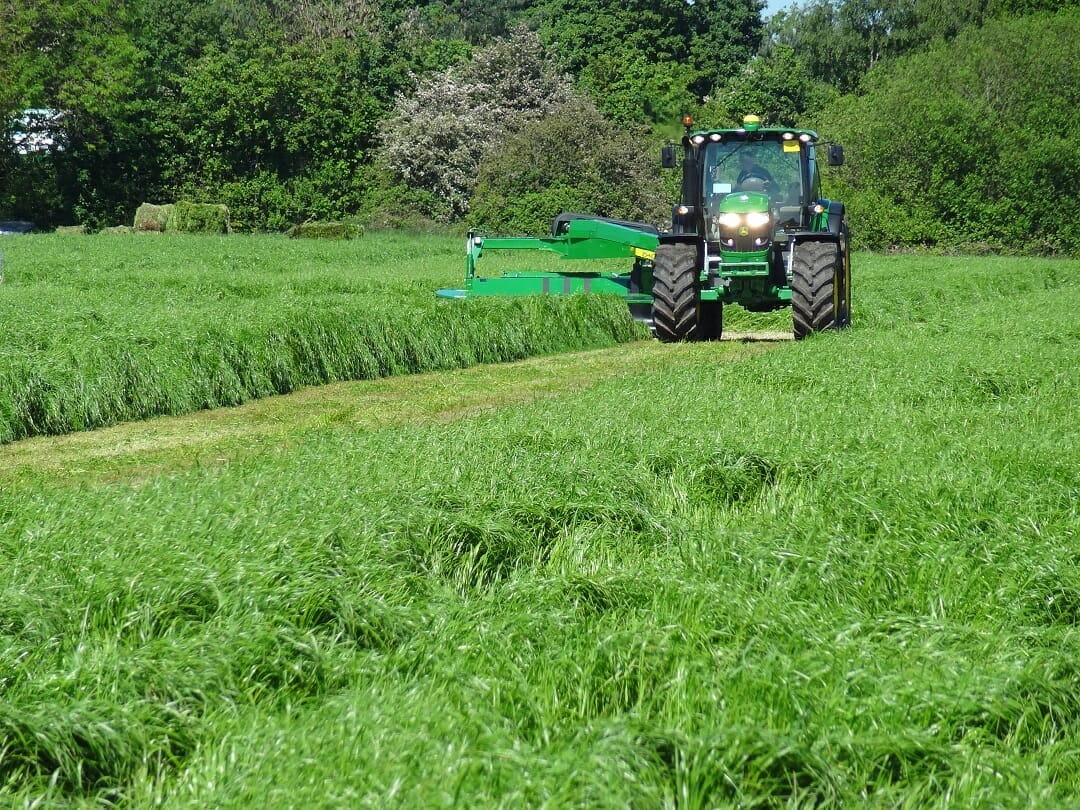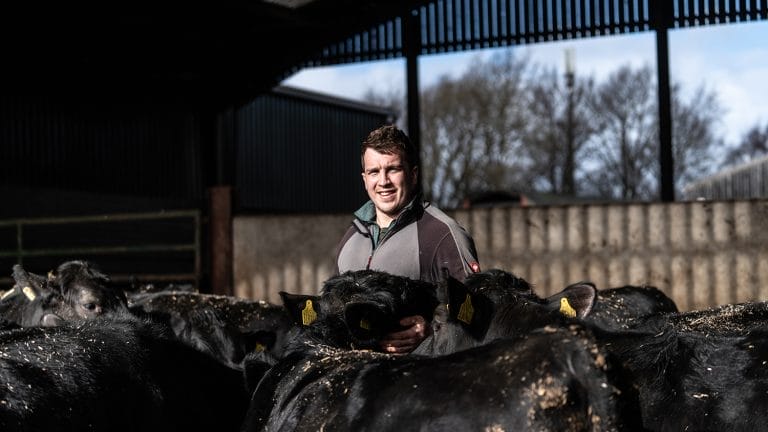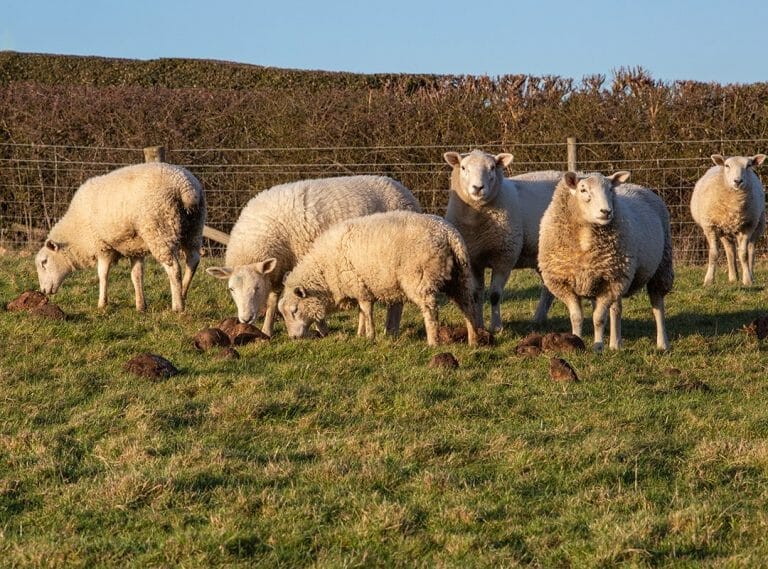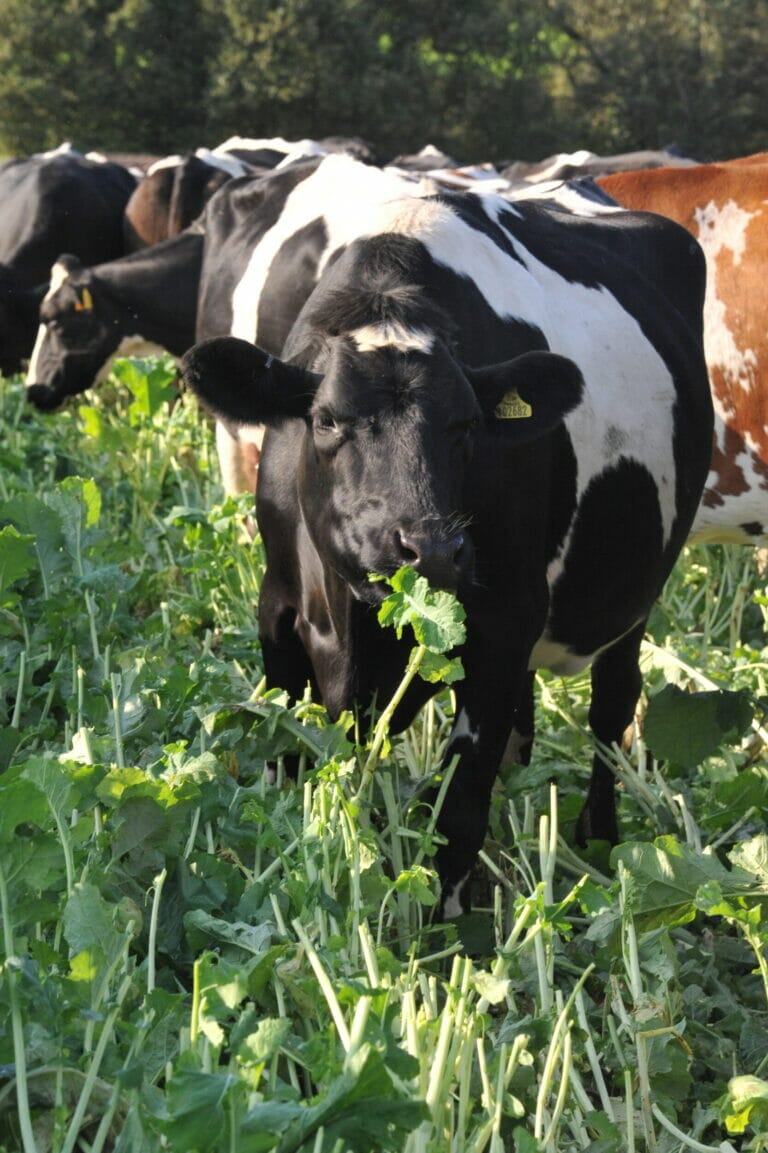Introducing a catch crop after cereals can improve soil health, help control weeds and provide a valuable feed crop for livestock. So says Limagrain’s Martin Titley, who suggests that some arable producers should take a look at fodder crops, or sowing grass, following this year’s harvest.
“Mixed farming units, or those not opposed to introducing livestock such as finishing lambs or beef cattle, can benefit by introducing some different crops,” says Mr Titley.
 Crops such as stubble turnips, forage rape, forage rye and brassica mixtures produce high quality autumn and winter feed cost-effectively. “But they also bring great benefits for soil health and weed control.”
Crops such as stubble turnips, forage rape, forage rye and brassica mixtures produce high quality autumn and winter feed cost-effectively. “But they also bring great benefits for soil health and weed control.”
Breaking the arable rotation with grass leys, fast-growing brassica crops and root crops can help combat black grass. “These crops can be grazed off ahead of a spring crop, or ahead of a grass reseed. And leaving a grass ley down for two years, or more, can help break the blackgrass cycle too. These rotations can have a beneficial impact on weed control and soil health,” he adds.
“And soil always benefits from increased organic matter. Manure from grazing animals is slowly released and can be utilised by the arable crops that follow in the rotation.”
Sowing dates
Stubble turnips, forage rape and the new rape/kale hybrids can be sown up until the end of August. They’re quick to establish and some varieties can be ready for grazing within 12 to 14 weeks of sowing. Hardier varieties can be left for grazing over winter.
“A crop of stubble turnips after winter barley is ideal for finishing lambs. It’s ready for grazing by the end of October, and a hectare of stubble turnips will provide 40 days of grazing for 100 lambs. This enables many farmers to sell a crop of lambs early in the season, when prices tend to be higher.”
Rape/kale hybrids are fast-growing catch crops and there are high yielding varieties. “Interval, for example, produced dry matter yields 17% above the control variety in our recent trial work,” adds Mr Titley. “This makes it an ideal crop for finishing lambs or for maintenance of ewes from late summer onwards.”
Stubble turnips also make an ideal feed in the autumn, with hardy and mildew-tolerant varieties, such as Rondo, ideally suited to grazing through winter.
“It’s also worth considering some good brassica mixtures. These combine a high protein forage rape with kale and can be blended with high-energy stubble turnips to provide a balanced autumn and winter keep with minimal effort. There are good mixtures with ‘built-in’ disease resistance, winter hardiness and early establishment advantages.”
Another catch crop worth considering is forage rye, which can be sown as late as October, following maize or cereals. This can provide an early bite in spring with up to three weeks’ earlier spring growth than Italian ryegrass, with yields that are typically between five and six tonnes of dry matter per hectare.
“In many cases, breaking the arable rotation with a fodder crop or grass is a win-win situation, and one we are seeing increasingly on many traditional cereal units,” adds Mr Titley.


































